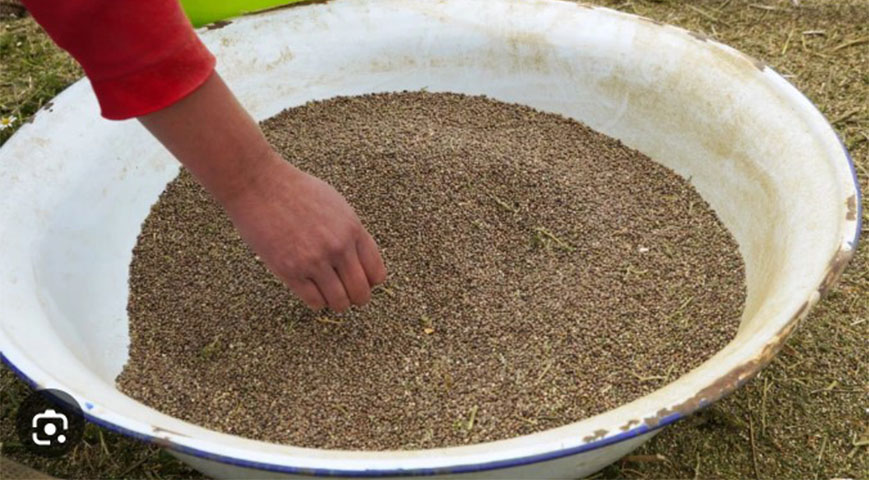Following Morocco's approval of its cultivation and export for medical and industrial purposes, the country saw its first legal cannabis harvest of 294 metric tons in 2023, according to cannabis regulator ANRAC.
According to an email from ANRAC to Reuters, the harvest was produced by 32 cooperatives that united 430 farmers on 277 hectares of land in the northern Rif Mountain regions of Al Houceima, Taounat, and Chefchaouen.
Approximately 47,000 hectares of the Rif are used for cannabis production, according to the UN drug agency. This is about a third of the total amount produced in 2003 following government crackdowns.
This year, the regulator is examining applications by 1,500 farmers who organised themselves into 130 cooperatives, ANRAC said.
.jpg)
Did you read this?
It stated that this month marked the start of cultivation of the region's drought-tolerant landrace, known as Beldia.
Morocco is a significant cannabis producer, but it is officially forbidden to use cannabis recreationally. It is accepted in actuality.
In parts of northern Morocco where cannabis is the primary economic activity, there are almost a million residents. For generations, people have grown and smoked it in public there, combining it with tobacco in long-stemmed pipes with clay bowls.
Legalization was meant to boost farmers' profits and shield them from drug cartels that control the cannabis market and export the plant illegally.
According to ANRAC, 15 cannabis products are awaiting authorization for medical use, while two legal cannabis transformation units are currently up and running and two more are awaiting equipment.

In an effort to capitalize on the expanding global market for legal cannabis, Morocco granted 54 export licenses in the previous year.









